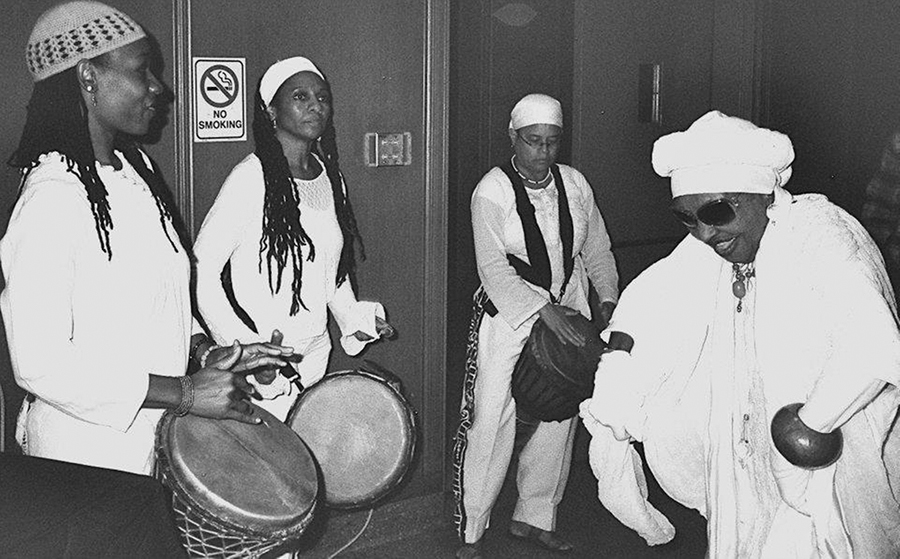Why We Should Learn to Read Photographs?

Words and pics by Shaun La, New York, NY
We are a visual society, one that values photography with great communication. It would not be uncommon for today's society to interrupt the storytelling with a, "did you take a photograph of it?" The power to upload a photograph as soon as it has been captured is a reflex. A profusion of photographs from every walk of life, professional to amateur to candid to journalism, has a place in news feeds, shares on social-media, websites, and printed publications.
Photographs are a visual voice. Perhaps W.E.B. DuBois, Daniel A.P. Murray, and Thomas Calloway knew that the tones of photography could speak up for the Black Race when they included professional and humane photographs of Black Americans along with other documents that displayed Black American culture in their Exhibition of American Negroes in France, 1900.
We are close to 120 years since W.E.B. DuBois, Daniel A.P. Murray, and Thomas Calloway made such a bold statement against overt racism. However, the Black race is still fighting to escape stereotypes that linger in images, with sideshows about Blacks being clowns without makeup, drinking, and drugging, rioting their own communities, uncivilized and unsuccessful with running businesses.
The Internet protects the chuckles and giggles of racists through glass screens and gives people the power to remain unknown, or spread their ignorance without having to look races of people in their eyes.
This is why it is important that we as a Black community are able to comprehend the insight that comes with learning how to read a photograph. This sort of visual intelligence rivals the importance of Blacks learning how to read and write in the past centuries, after Africans were imprisoned, shipped, and placed into a slavery system that prescribed oppression for generations of Black Americans to have to follow.
It might not be a coincidence that one of the most photographed men in the 19th century was Frederick Douglass; he was the epitome of the free Black slave becoming an educated Black man.
Please remember that photography was not even 100 years old when Frederick Douglass was being photographed by large-format cameras: his distinguished hair, neat clothing, strong poses, and camera-attracted presence for the future generations to see. I would like to think that Frederick was aware of the photograph's representation of the individual and from there, the race which they were connected to, culturally.
When reading a photograph, accept the picture for what is inside of the composition.
Use your eyes to read corner to corner of the photograph, then let your eyes focus in on the center.
If it is a black and white photograph, look at the tonal differences in the dark tones and the lighter tones.
If it is a color photograph, let the light of the colors express a mood or moods. What does each color say to you?
When you look at photographs that echo a stereotype, let your ambition direct you to find a photograph that counters that stereotype: then search for more photographs that go against those stereotypes.
Realize that the photograph is only a moment, not the entire story. Finding more photographs about a person, place, or thing can only allow more moments to shape your opinion, education, or interest into what a collection of photographs may be expressing.
Allow your mind to be open to photography. Some photographs will look like they are out of a fashion magazine and other photographs will look like street photography or photojournalism. Know the fields of photography, so that you can travel into learning while seeing with your own eyes.
Shaun La is a photographer and writer out of New York, New York. As a writer, he has been published by the Amsterdam News, the Baltimore Sun, Afro-Punk, Camera Obscura, Film Shooters Collective, Art Photo Feature, Emulsive & other media outlets. His work, including photography taken with film cameras only, can be viewed at: www.ShaunArts.com.

